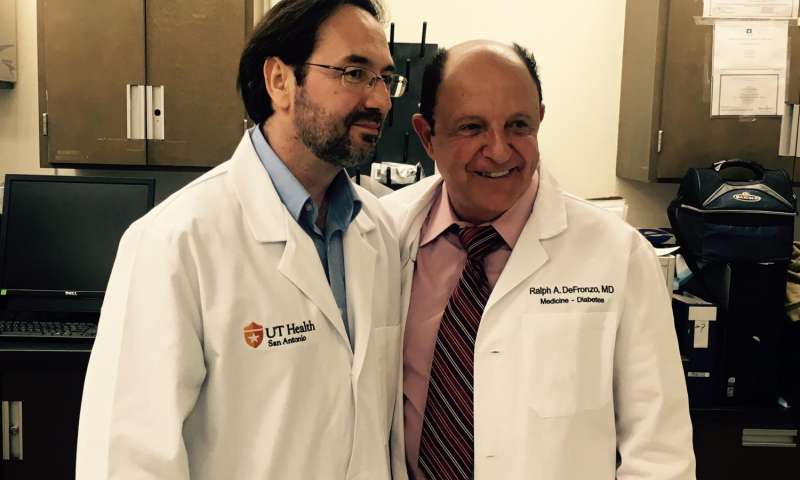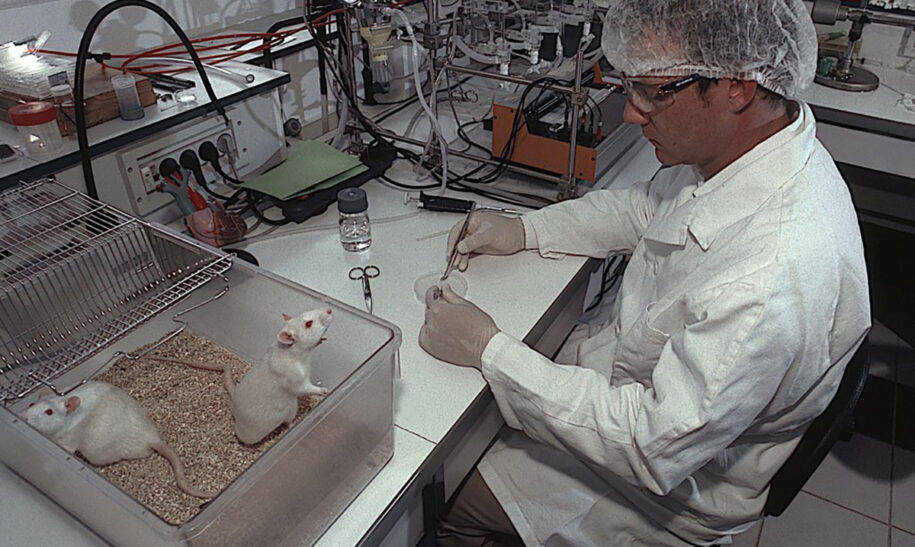A Team Cured Diabetes in Mice Without Side Effects
Diabetes is a serious health disorder that can dramatically affect your overall quality of life. There are over 30 million Americans who suffer from this dreadful disease, but this team might have finally found the cure.
 The research was performed at the University of Texas Health Science Center, now called UT Health San Antonio. The team found a potential cure for type one diabetes and they might have also found a way to stop insulin shots for type 2 diabetes sufferers. UT Health San Antonio researchers have a goal to reach human clinical trials in three years, but until then, the researchers must test their theories on large animal studies. However, this will cost an estimated $5 million dollars.
The research was performed at the University of Texas Health Science Center, now called UT Health San Antonio. The team found a potential cure for type one diabetes and they might have also found a way to stop insulin shots for type 2 diabetes sufferers. UT Health San Antonio researchers have a goal to reach human clinical trials in three years, but until then, the researchers must test their theories on large animal studies. However, this will cost an estimated $5 million dollars.
The animal study trials will precede application to the US Food and Drug Administration for Investigational New Drug (IND) approval. A co-author, Bruno Doiron Ph.D. says:
“It worked perfectly,” Dr. Doiron, assistant professor of medicine at UT Health, said. “We cured mice for one year without any side effects. That’s never been seen. But it’s a mouse model, so caution is needed. We want to bring this to large animals that are closer to humans in the physiology of the endocrine system.”
Ralph DeFronzo, M.D., professor of medicine and chief of the Division of Diabetes at UT Health, is co-inventor on the patent. He described the therapy:
“The pancreas has many other cell types besides beta cells, and our approach is to alter these cells so that they start to secrete insulin, but only in response to glucose [sugar],” he said. “This is basically just like beta cells.”
Insulin naturally lowers blood sugar but is only made of beta cells. Type one beta cells are destroyed by the immune system and the person has no insulin. But, in type 2 diabetes beta cells fail and insulin decreases. The therapy uses a technique called gene transfer. The Virus is used as a carrier to introduce selected genes to the pancreas. This causes digestive enzymes and other cells to make insulin.
Unlike beta cells, the body rejects in type one diabetes, the other cell populations of the pancreas coexist within the body.
“If a Type 1 diabetic has been living with these cells for 30, 40 or 50 years, and all we’re getting them to do is secrete insulin, we expect there to be no adverse immune response,” Dr. DeFronzo said.


